Alpacas eat anything from pasture grass to garden vegetables and fruits, but you must be mindful of how much you feed them.
If you have alpacas, cattle, and herd animals on the farm, don’t keep them together. Also, you need to provide them with a different diet than most herbivores need.
So, I already have a balanced diet plan for alpacas. You can take some insights below!
Alpacas’ Natural Diet
Alpacas are herbivores like cattle, sheep, and goats that live on plants. Like grazing animals, alpacas enjoy pasturing on the open ground.
Unlike other ruminants, an alpaca has a stomach with 3 chambers and can eat 1.5-4% of their body weight daily.
Alpacas eat forages such as grasses, herbs, bushes, shrubs, wood plants, and trees. In trees, they feed on leaves, wood, bark, and stems.
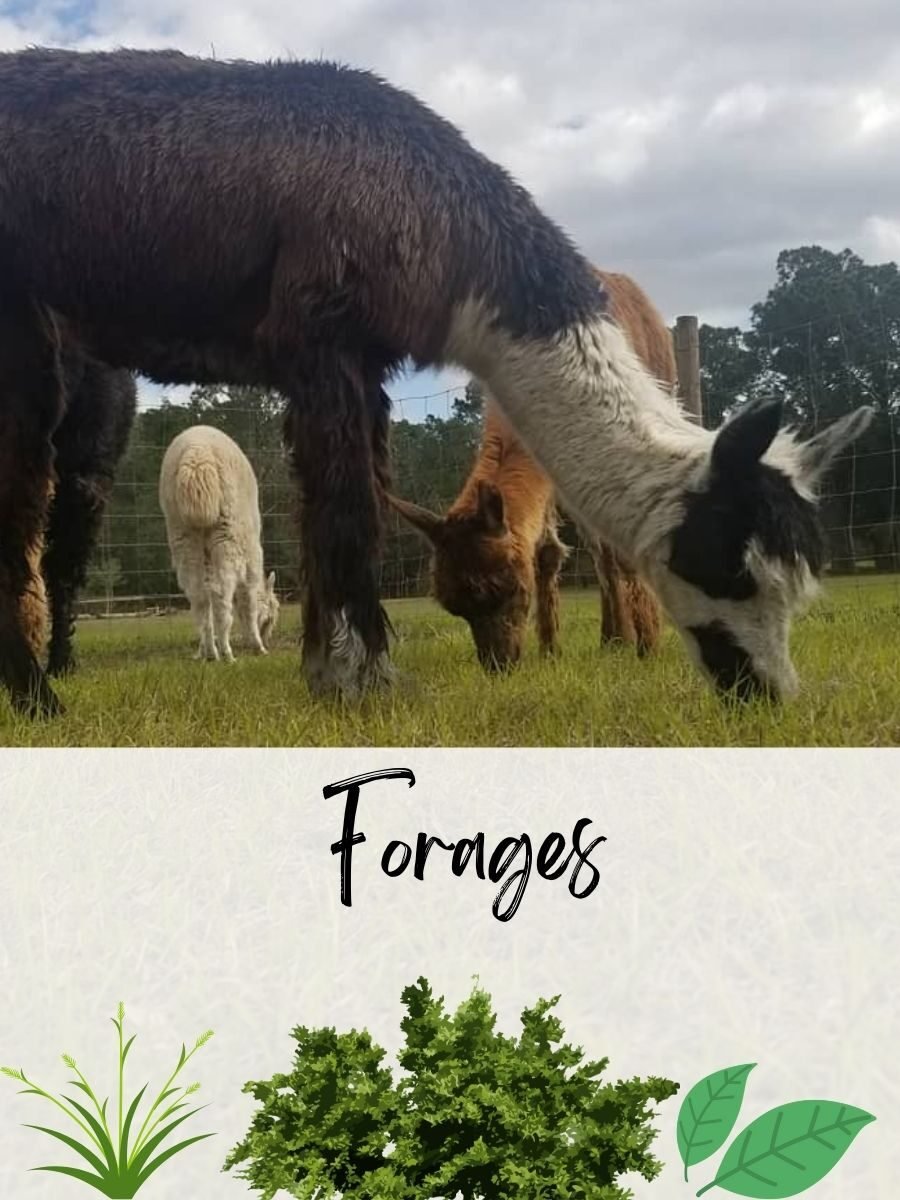
These camelids can fill their belly in pasturing, but you also need to check if they receive enough quality nutrition.
The owners require at least two acres of field for every 4-7 adults. This helps you rotate pasturing to reduce worm burden and allow the grass to rest and recuperate.
You can rotate the grazing every 6-8 weeks.
Not only for food, but a fresh pasture is also essential for their exercise and bonding with other animals.
Nutritional Needs of Alpacas
Fiber for digestion
Alpacas require 20 percent crude fiber in the total diet. It can be sourced from straw, hay, and grass.
You need to provide your animals with dry fiber as a large portion of their diet to raise them healthily.
Proteins for growth and reproduction
The quality diet contains 10-12 percent crude protein depending on age, farm activities, and pregnancy level.
As pasture offers a source of protein, especially from legumes, you need to be mindful when providing your animals with protein as they can overconsume.
The source of protein includes several types of grains.
Vitamins and minerals for overall health
Do you know alpacas do not lick much? So, they don’t receive even the required minerals such as calcium and phosphorus from stones or other sources.
To fill this, you can provide them with salt.
They also need Zinc, Sulphur, and Iron. Besides, vitamins such as Vitamins A, Bs, D, and E are vital parts of nutrients.
The balance between forage, supplements, and other feeds
It’s no news that carbohydrates are a large portion of nutrients in alpaca’s diet.
But other nutrients are also required for health. So, owners need to analyze the forages and pasturing for a balanced diet.
Excessive sugar and starch can cause several health issues, and so does the protein.
Recommended Foods for Alpacas
Forage and Pasture
Alpacas eat high-quality grass including Timothy, Bermuda, or Orchard Grass, some fescues, ladino (or white) clover, and alfalfa.
Avoid rye grasses as they contain bacteria that cause staggers.
Also, don’t feed excess high-protein hays and moldy or spoiled hays.
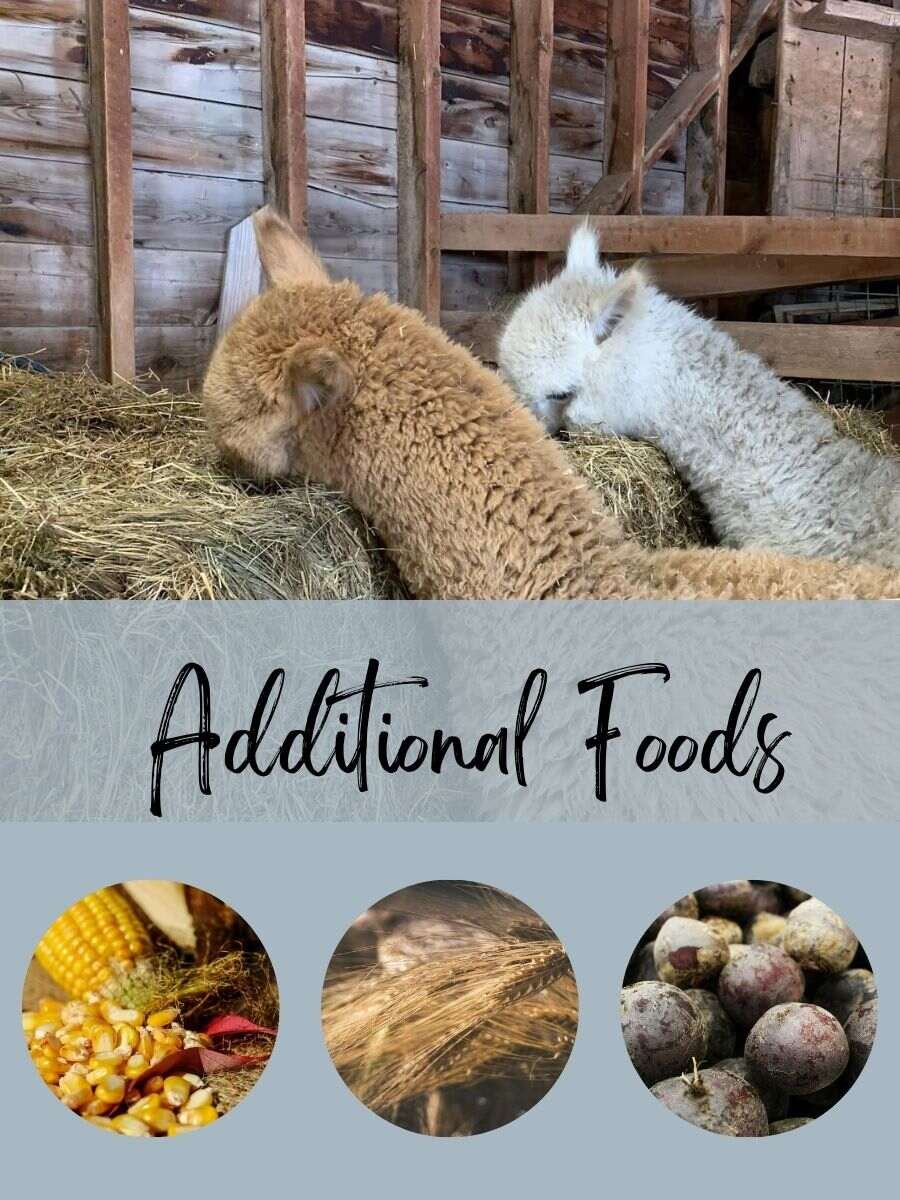
Grains and Pellets
These camelids easily digest corn, barley oats, and beet pulp. The growing crias need 2 percent grain of total body weight.
While late-gestation females need 1 percent of their total body weight, the lactating ones require 2 percent.
Also, clean, mold-fee commercial mixes should be provided.
Fresh Vegetables and Treats
- Carrots
- Fresh Green Beans
- Apple
- Broccoli stalks
- Pumpkin
- Raisins
- Celery
- Sweet Potato
- Mulberries
- Banana
- Watermelon
Make sure you shred the treats into pieces to avoid choking. Also, limit treat feeding!
Only one handful-sized portion is enough for each alpaca.
Risks associated with overfeeding or improper diets include diarrhea, improper shape, and change in behavior.
Supplements
Mineral blocks or loose minerals (loose salt) are available. Avoid feeding white salt and trace mineral salt.
Vitamin D supplementation is required in low-sunlight areas. Ensure you provide supplements below 4 percent.
Foods to Avoid for Alpacas
- Animal products (flesh, feathers, eggs, milk, honey, and wool)
- Avocado
- Azaleas
- Cherries or other stone fruits
- Grains with high starch content
- Sugary human foods, including chocolate
- Brassica
- Nightshades such as potatoes, tomatoes, and eggplant
- Lima beans
- Peas
- Kale, beet greens and lettuce (Nitrate rich plants)
- Broccoli brussels sprouts, florets, and turnip (Mustard family of plants)
- Flowers, including daisies, daffodils, foxglove, lilies, irises, and poppies
Plants toxic to alpacas include Rhododendrons, Ferns, Daffodils, Privets, Rye Grass, laurel, thuja, yew, boxwood and Rushes. Rapes, Ragworts, Hemlocks, Laburnums, and Marsh Mallows are too.
Inspect regularly to discard potentially harmful plants in pastures.
Seasonal Diet Adjustments
Winter Feeding
Grazing is limited in winter, so you need to stock up on hays. Animals cannot pasture well on the cold and snowy fields outdoors.
Also, they need additional energy to warm their bodies during the colder days. You can provide them with soft-cut hays.
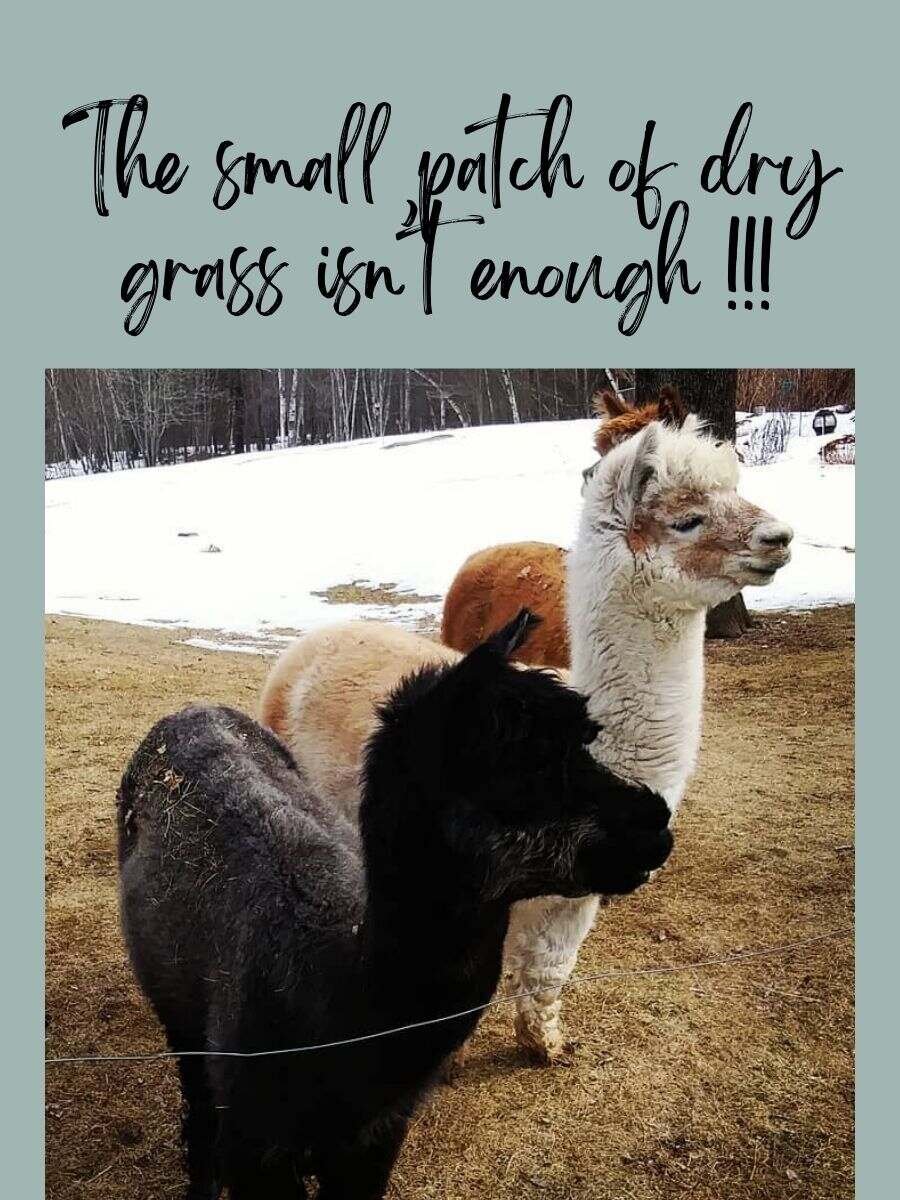
If you fall short of hays, increase other supplements like commercial pellets.
You can also make homemade grain mix to meet your animals’ protein requirements.
Summer Feeding
Alpacas easily pasture during the warmer months. With short tongues, they nibble grass from the roots.
Ensure your animals have enough grazing pasture.
Besides, alpacas will be happy walking around for their favorite forages. But don’t leave them only on grazing — provide the essential supplements.
Alpacas eat similar foods that Ilamas need.
Water Requirements for Alpacas
Do you know alpacas drink 2-3 gallons of water daily?
They need water 5-8. percent of their body weight in water every day. Also, these camelids may gulp 10-18% of their body weight in warm days or when lactating.
The water intake can also increase during winter as they eat dry foods such as hays, grains, and other supplements.
Males and geldings may develop urinary calculi due to a lack of water.
So, you need to provide them with clean, fresh water year-round.
Keep water tanks and buckets clean always and avoid frozen troughs. You can also install automatic watering fixtures and use if needed.
Monitoring and Adjusting the Diet
Signs of poor nutrition in alpacas include weight loss, thin animals, dull coats, and behavioral changes (inactive and lazy animals).
Don’t treat all the animals with the same food treatment. You need to adjust diets for cria, adults, and pregnant or lactating females separately.
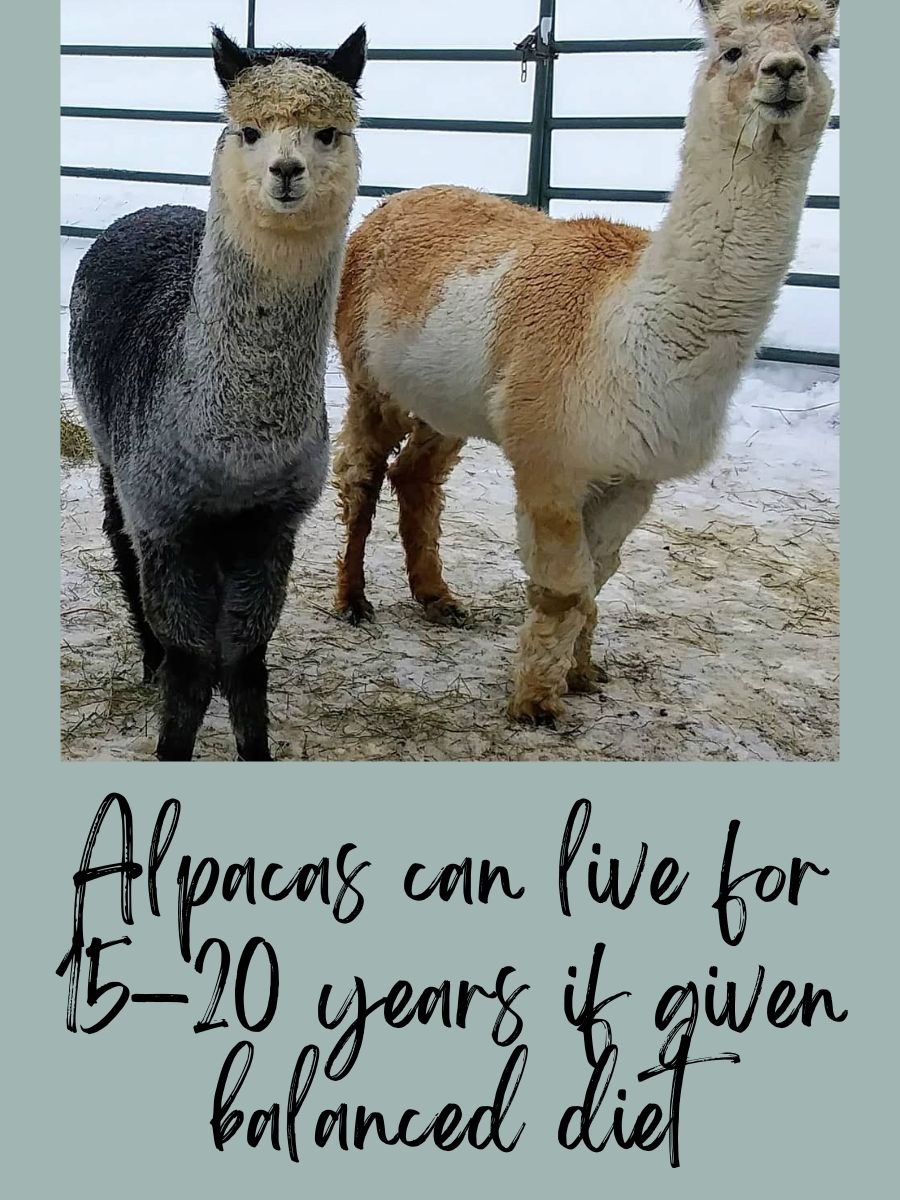
Alpacas are picky eaters, so you need to handle them well.
Also, they can be voracious on their favorite forages so, you need to control your animals from overgrazing.
Besides, issues such as bloat or overeating diarrhea may come along with raising alpacas if they are overfed.
So, you can consult a vet or nutritionist for dietary planning weekly, monthly, and annually.
Final Thoughts
Alpacas offer fiber, pet animals, manure, and more if you provide them with a balanced diet to eat.
You can grow your own alpaca feed, which includes safe vegetables and herbs. You need to identify some grass types and produce small-scale hays for them.
Besides, store and preserve feed for winter and long-term use.



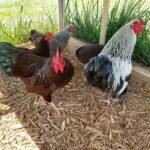



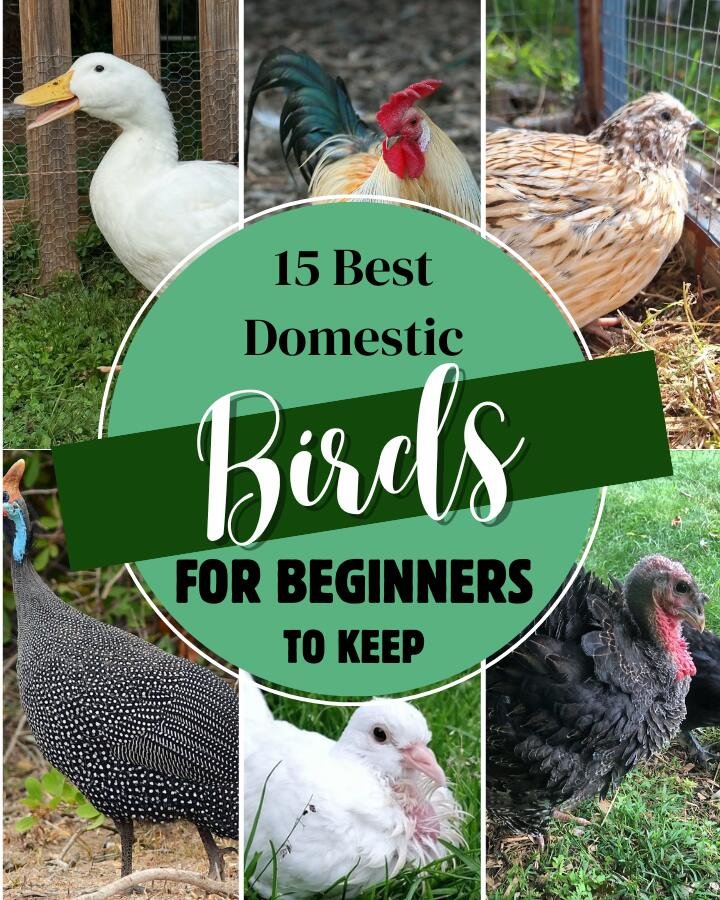
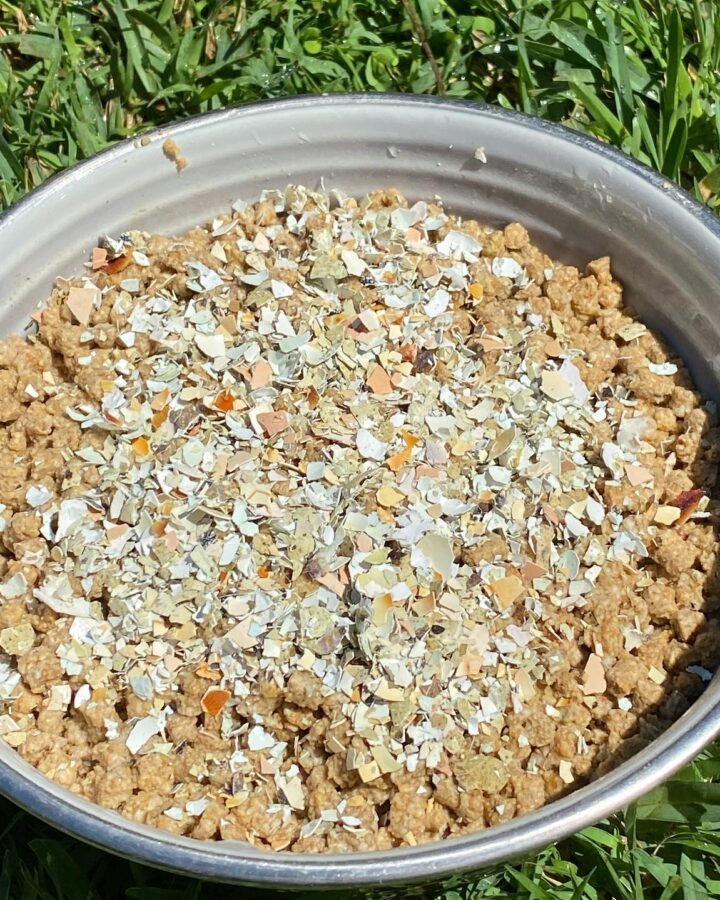
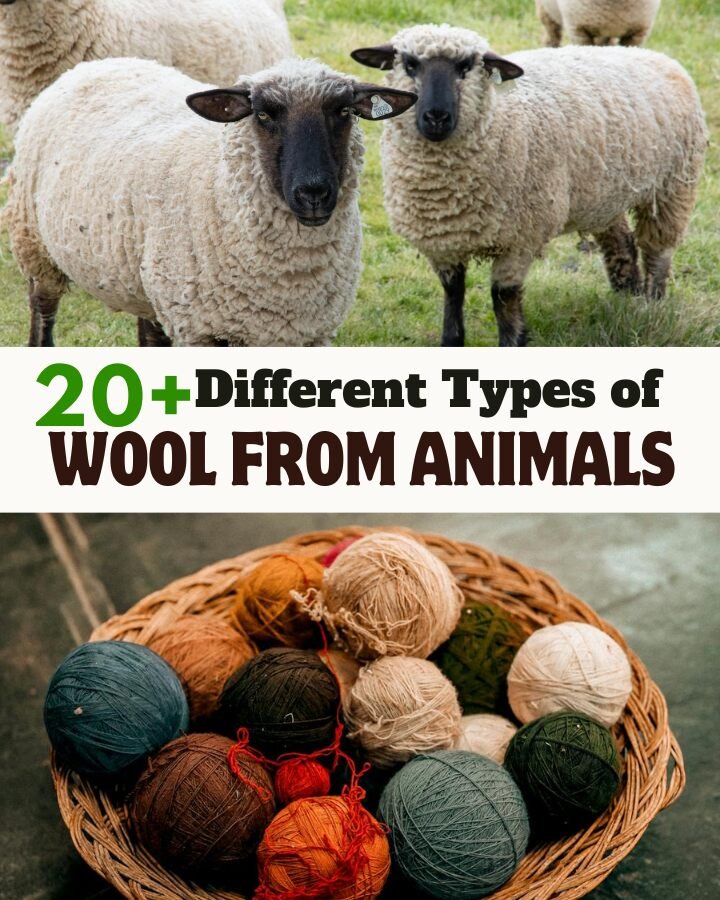
Leave a Reply